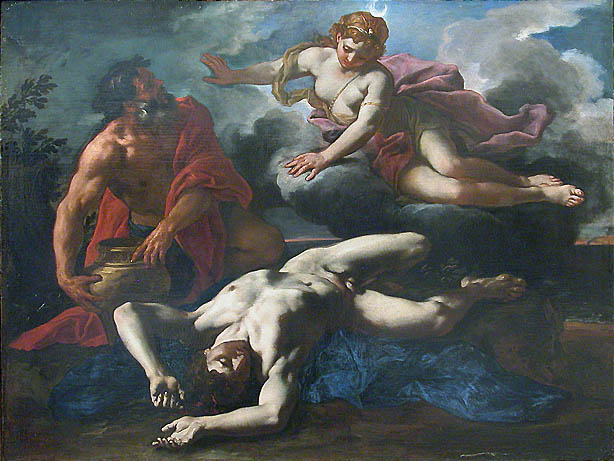The penis is an interesting organ that has the ability to harden, despite being made of spongy material. Contrary to the popular slang for erection (boner), the (human) penis contains no bone.
Instead, it is made of a pair of cylindrical, spongy tissue called the corpus cavernosa, and a smaller spongy tube that surrounds the urethra called the corpus spongiosum. An erection happens when the body redirects blood flow to fill these spongy tissues, engorging them with blood. As it expands, the corpora become rigid and tense as they are wrapped by a thick, dense tissue called the tunica albuginea. The tension compresses the surrounding veins, trapping the blood and keeping the penis erect. Once stimulation slows and less blood flows into the penis, the blood drains via the venous system and the erection withers.
A common problem with erections is that of erectile dysfunction (unable to become erect or sustain it), which is well-known to the lay person. However, a lesser-known, opposite problem is priapism.
Priapism refers to an erection that will not die down even when the stimulation has ended, or with no stimulation at all. Although this may not sound like a medical problem other than causing embarrassment, priapism can be a very painful condition and depending on the cause, the penis can become starved of fresh blood (ischaemic), resulting in permanent damage to the cells and tissue.
Priapism is named after the Greek god, Priapus. He was a minor god worshipped in rural Asia Minor as a god of fertility, livestock and gardens. Priapus is depicted as having a permanent erection to symbolise fertility, but ironically, was cursed with impotence by Hera while still in the womb. His massive, erect penis was a popular theme for Roman erotic art and can be seen in various pieces of ancient art.
Priapism can arise from various causes such as blood disorders, medications and spinal cord damage. The problem is usually due to blood being trapped in the penis, or the nervous system continuously stimulating blood flow into the penis. As the main issue is engorgement with blood, the acute treatment for priapism involves decompressing the penis by using a needle to aspirate (draw out) blood directly from the corpus cavernosa.












